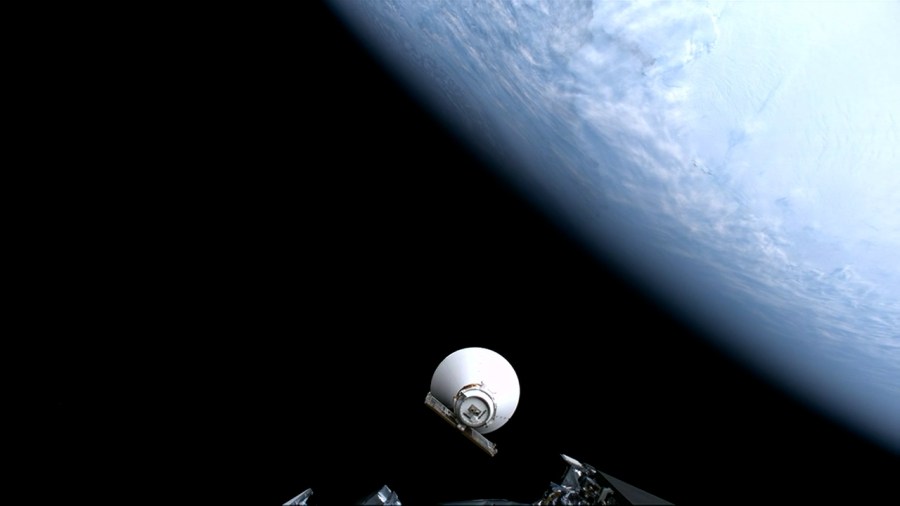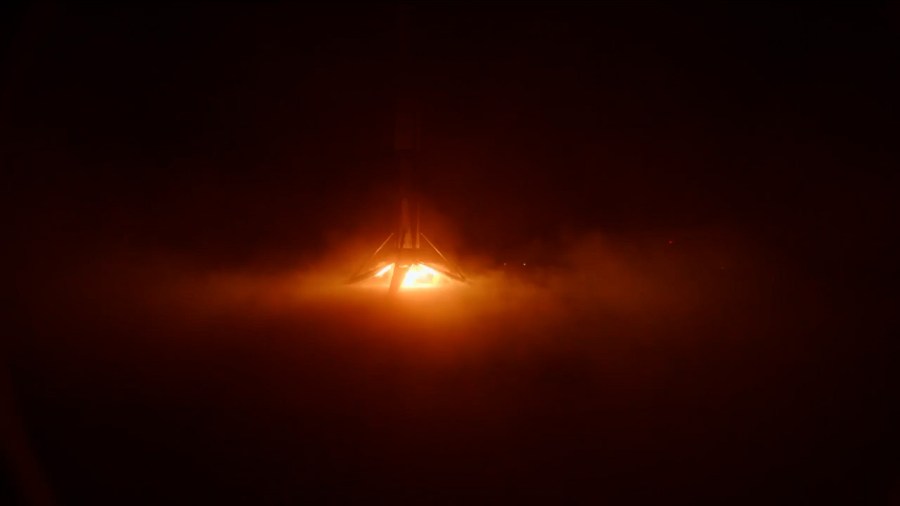Mission controllers for NASA’s PUNCH (Polarimeter to Unify the Corona and Heliosphere) have received full acquisition of signal from the four small satellites, indicating that they are functioning normally and at full power.
Mission controllers for NASA’s PUNCH (Polarimeter to Unify the Corona and Heliosphere) have received full acquisition of signal from the four small satellites, indicating that they are functioning normally and at full power.

NASA’s SPHEREx (Spectro-Photometer for the History of the Universe, Epoch of Reionization and Ices Explorer) mission controllers on Earth have received full acquisition of signal from the observatory, indicating the spacecraft is functioning nominally and is power positive.

NASA’s SPHEREx (Spectro-Photometer for the History of the Universe, Epoch of Reionization and Ices Explorer) mission controllers on Earth have received full acquisition of signal from the observatory, indicating the spacecraft is functioning nominally and is power positive. In the weeks ahead, the SPHEREx team will prepare the observatory for its survey operations – conducting calibrations, …

Deployment of the PUNCH (Polarimeter to Unify the Corona and Heliosphere) mission’s four satellites has occurred. Following a 90-day commissioning period, the PUNCH mission is scheduled to conduct science for at least two years. NASA’s PUNCH will observe the Sun’s corona as it transitions into the solar wind, supporting NASA Science’s key goals by creating …

Deployment of the PUNCH (Polarimeter to Unify the Corona and Heliosphere) mission’s four satellites has occurred.

NASA’s SPHEREx (Spectro-Photometer for the History of the Universe, Epoch of Reionization and Ices Explorer) observatory has separated from the Falcon 9 rocket’s second stage, on its way to begin its science mission from a sun-synchronous orbit about 404 miles (650 kilometers) above the Earth’s surface.

NASA’s SPHEREx (Spectro-Photometer for the History of the Universe, Epoch of Reionization and Ices Explorer) observatory has separated from the Falcon 9 rocket’s second stage, on its way to begin its science mission from a sun-synchronous orbit about 404 miles (650 kilometers) above the Earth’s surface. In about 10 minutes, deployment of the PUNCH (Polarimeter …

The SpaceX Falcon 9 rocket’s first stage has successfully landed at Vandenberg Space Force Base’s Landing Zone 4 in California.

The SpaceX Falcon 9 rocket’s first stage has successfully landed at Vandenberg Space Force Base’s Landing Zone 4 in California. Meanwhile, the engine in the Falcon 9’s second stage has cut off. The next milestone will be when the SPHEREx observatory separates from the rocket’s second stage in about 30 minutes.
The SpaceX Falcon 9 rocket’s nine Merlin engines have finished their burn, and the first stage has separated from the rocket.